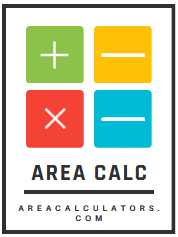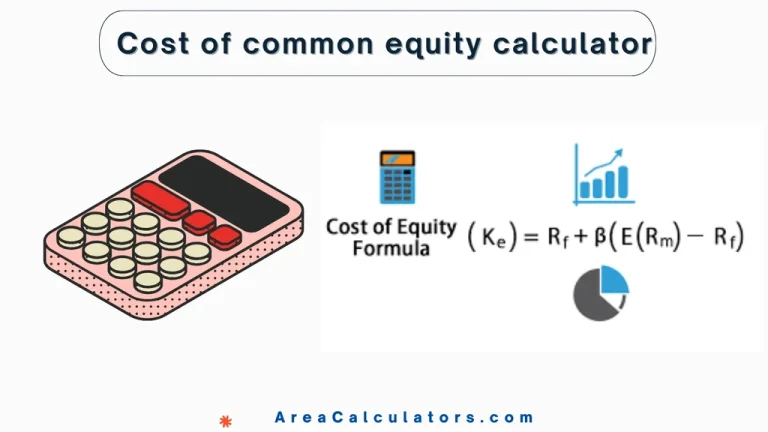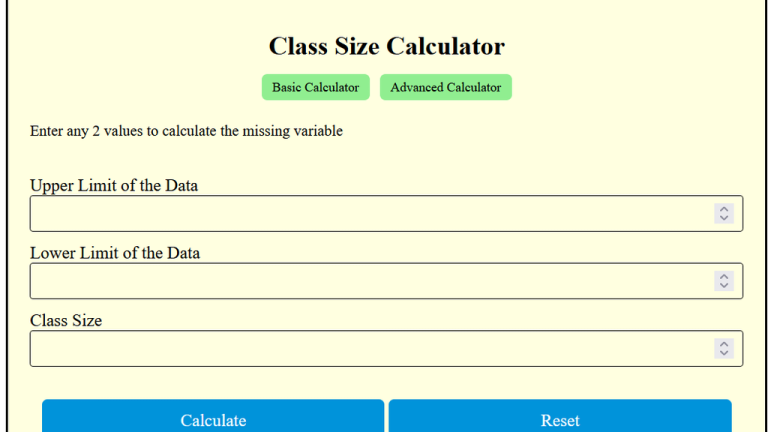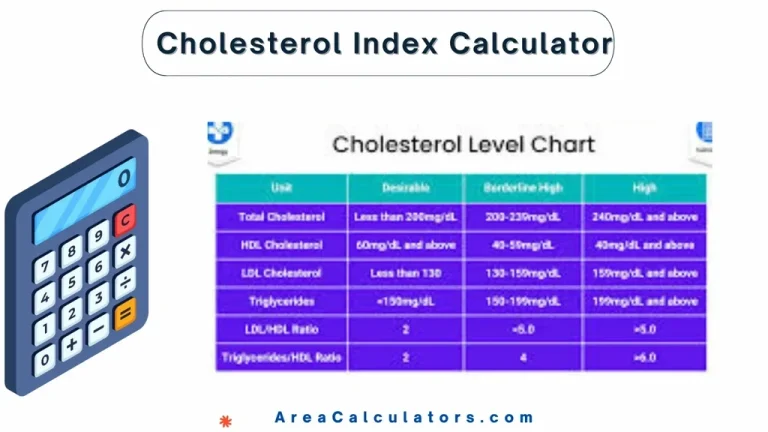Reference Angle Calculator
To find the reference angle, determine which quadrant the angle is in, then apply the corresponding formula.
The Reference Angle Calculator serves in finding the reference angle. Basically, a reference angle is a positive acute angle that is formed by the terminal side of a given angle and the x-axis. Reference angles are important in trigonometry for simplifying calculations and solving problems in radians or degrees.
Only by knowing the reference angle, calculations become consistent, regardless of the angle’s quadrant. Consequently, everything becomes simple for students and professionals working with trigonometric functions.
Formula:
- First Quadrant: Reference Angle = Standard Angle
- Second Quadrant: Reference Angle = 180° – Standard Angle
- Third Quadrant: Reference Angle = Standard Angle – 180°
- Fourth Quadrant: Reference Angle = 360° – Standard Angle
| Variable | Description |
|---|---|
| Reference Angle | Positive acute angle with the x-axis |
| Standard Angle | Given angle in degrees |
Solved Calculations:
Example 1:
| Step | Calculation |
|---|---|
| Standard Angle | 150° |
| Quadrant | Second |
| Reference Angle Calculation | |
| Result | 30° |
Answer: For a standard angle of 150°, the reference angle is 30°.
Example 2:
| Step | Calculation |
|---|---|
| Standard Angle | 240° |
| Quadrant | Third |
| Reference Angle Calculation | |
| Result | 60° |
Answer: For a standard angle of 240°, the reference angle is 60°.
What is a Reference Angle Calculator?





